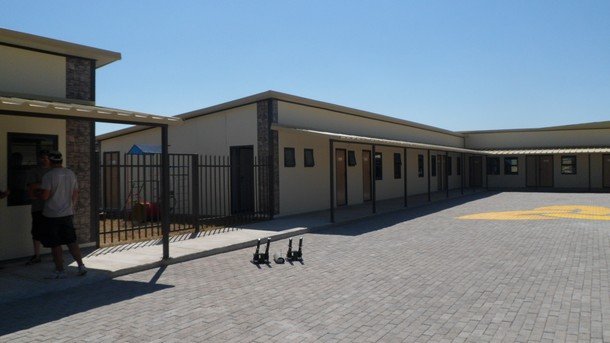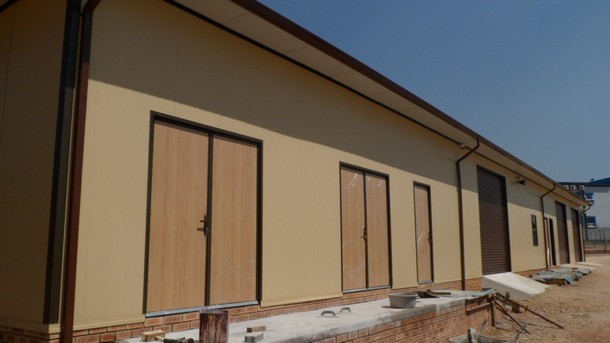Prefabricated buildings are the most popular and associated with offsite and modular residential and commercial constructions. It had been a buzz-worthy trend in the construction industry and accepted over the last few years! The range of available shapes and sizes virtually fit any architectural requirements with ease. Prefab buildings are adaptable to almost any architectural layout and are used routinely on a variety of building projects. Here are a few good reasons for which people go with prefab housing today.

Prefabricated buildings provide cost-effective, sustainable, and resilient solutions for owners, architects, engineers, and building contractors. Prefabricated buildings are durable, sustainable, and are quick and straightforward for erection or installation. As it is light in weight hence provides long-term safety benefits to occupants and also performs better during earthquakes, hurricanes, and other extreme events. Its benefits include ease of mass production and prefabrication, lightweight designs, the economy in transportation and handling, and much more you can expect.
A majority of prefabricated buildings production is done in a controlled factory set up. It is specifically designed to fabricate and manufacture and assemble the individual prefabricated building components. Also, all such activities are backed by expert quality check engineers for better quality. It seems to be a difficult, time-consuming, and expensive task if these components were to be assembled directly at a job site.

The manufacturing sites for constructions of prefab buildings are not only subject to any limitations. The prefab production line allows the optimized workflow because it is a unique, same, and continuous process handled by the same staff in a controlled environment.
Earthquakes are unpredictable in terms of magnitude, frequency, duration, and location. Prefab buildings are the best choice for homeowners as it is inherently pliable and flexible. The prefab building s are designed and prefabricated to support gravity loads. Hence, it flexes under extreme loads rather than crushing or crumbling in extreme conditions in wind and earthquakes.
A prefab metal building can be custom designed to make for an aesthetically pleasing retail space. It creates structures with a sense of openness. Its flexibility and malleability inspire architects to pursue and achieve their aims in terms of exploring distinctive shapes and textures. These aesthetic qualities are complemented by the characteristics of structural materials that include its exceptional dimensional and spanning ability over time. The speed and accuracy in its manufacturing process and easy and faster assembling onsite with minimal labor cost are the prime things that make it more adaptable and preferred among clients.
The bonus point of prefab housing is that it helps in keeping the construction site safe and organized. The panels and other prefab building components are assembled individually in the factory. Hence, it keeps the actual project site clean and clutter-free. It not only keeps the construction place tidy but increases productivity and reduces the risk of accidents.

Aussie Panel is led by a team of professionals, specializes in technology for the architecture, engineering in construction industries related to prefabricated buildings. They work closely with clients in the realm of virtual reality, construction management services, and artificial intelligence. For any consultation or advice, call them at +61 (0) 411867333 today!








